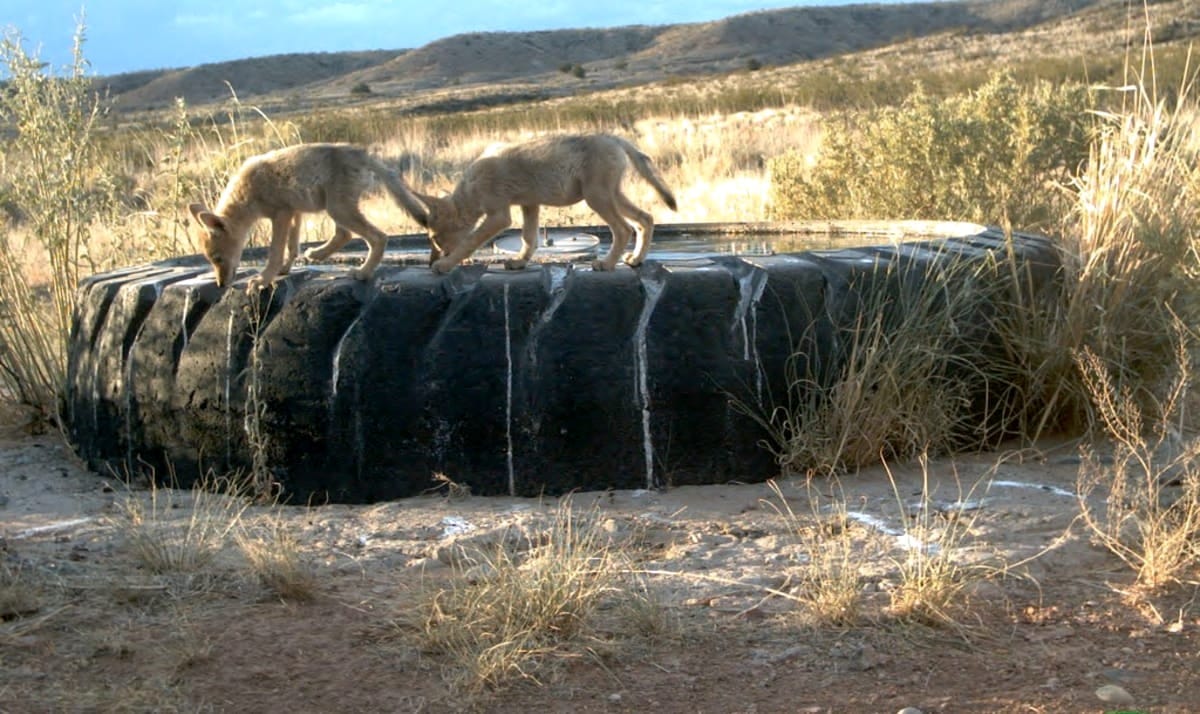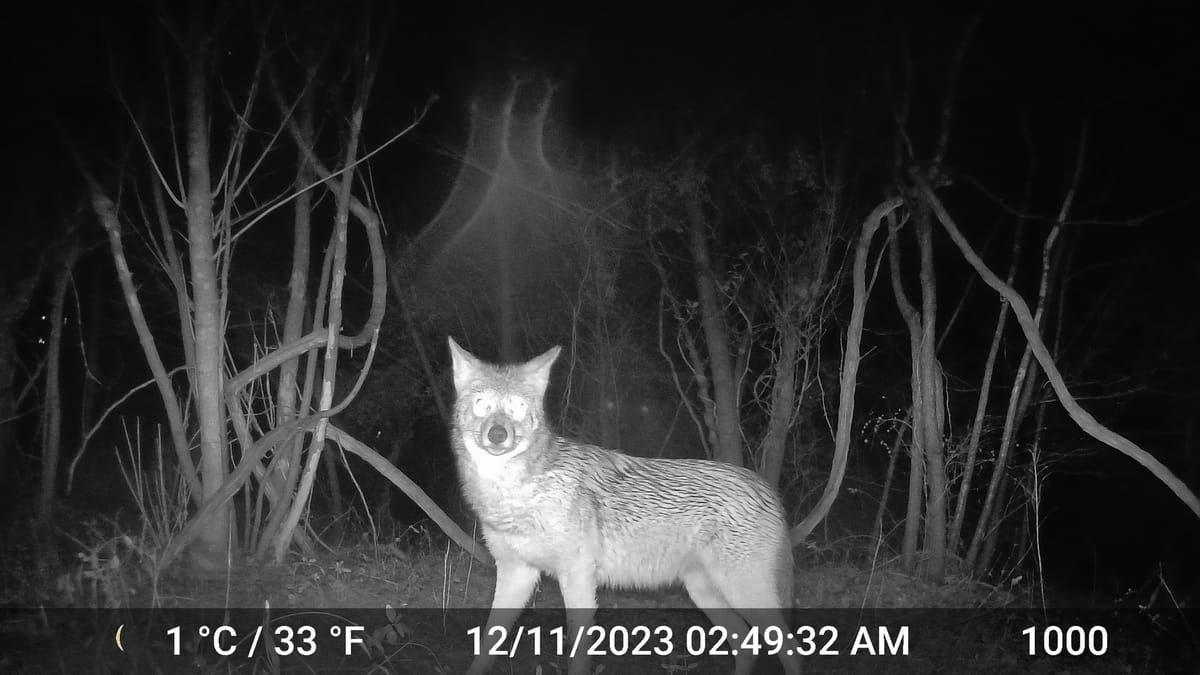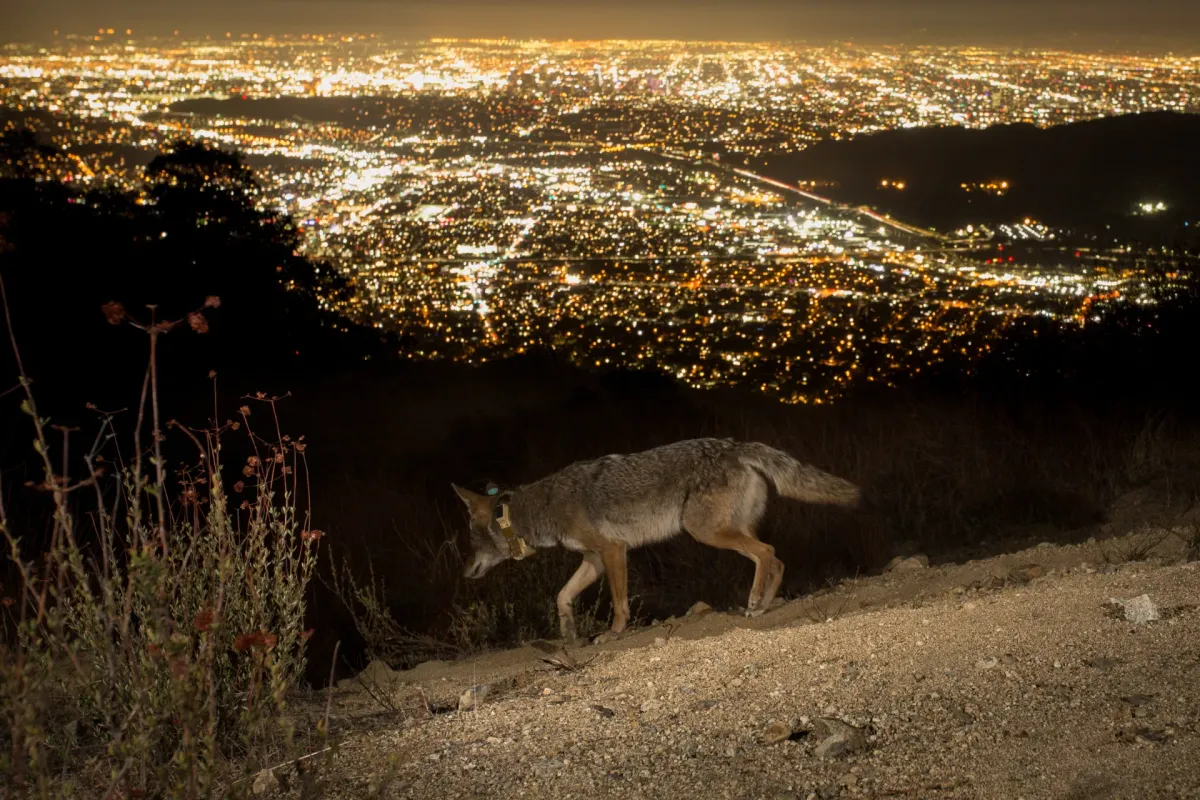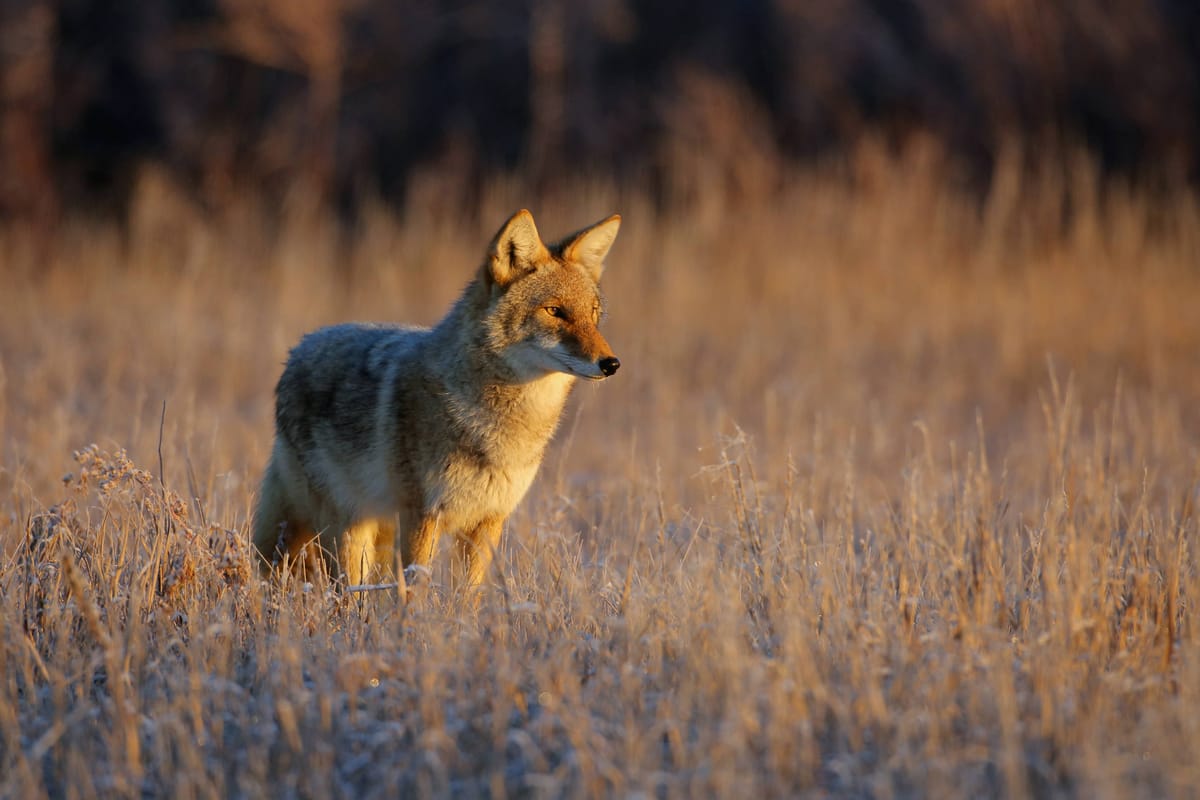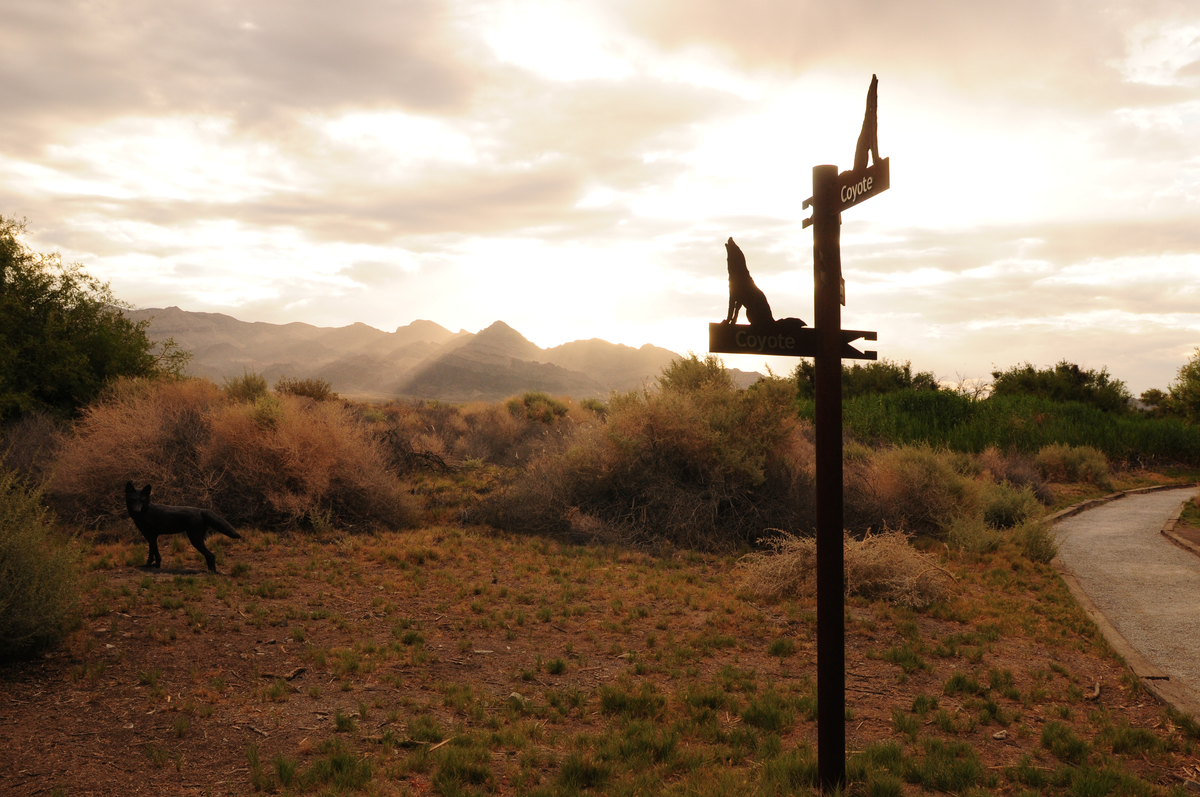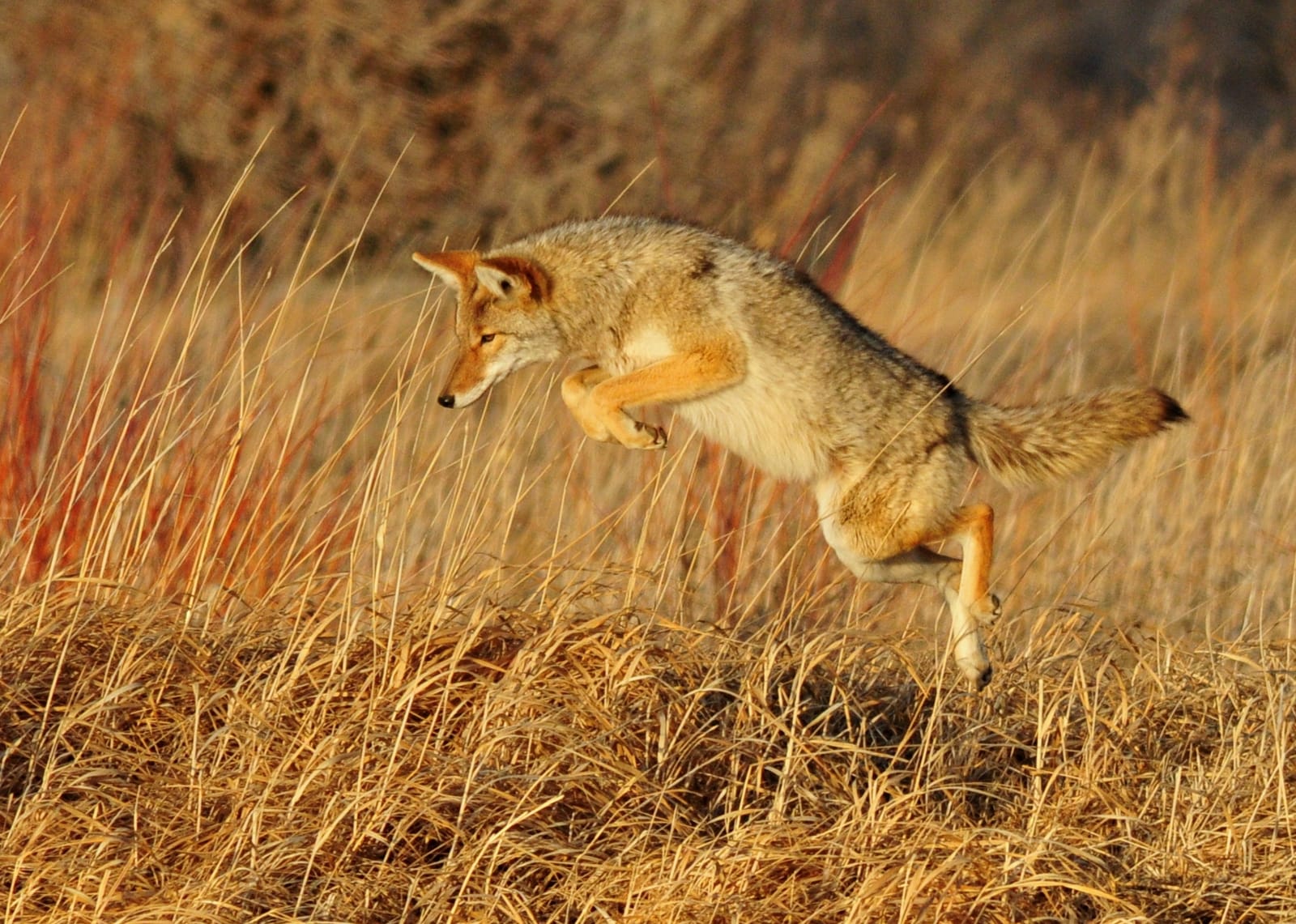Coyotes are among the most adaptable carnivores in North America, thriving in habitats that range from deserts and mountains to farmland and dense cities. In California, their ability to exploit diverse food sources and adjust to human-dominated landscapes has secured them a permanent ecological foothold.
Understanding coyotes only as a conflict species misses their deeper ecological significance. Coyotes play a critical role in balancing prey populations, influencing other predators, and maintaining biodiversity. By examining their role as regulators, competitors, and opportunists, we can better appreciate why they are considered an essential component of California’s ecosystems.
Sources and References for Our Coyote Coverage
Our coyote hub is based on trusted resources from government agencies, universities, and peer-reviewed research. Explore the full list below:
- National Park Service (NPS) – Coyote Information Page
- California Department of Fish & Wildlife (CDFW) – Wildlife Incident Reporting (WIR) System
- California Fish & Game Commission – Nongame Animal Regulations
- UC IPM – Pest Notes: Coyotes
- USDA APHIS – Wildlife Damage Management Technical Series: Coyotes (PDF)
- Project Coyote – Be Coyote Aware Flyer (PDF)
- California Department of Fish & Wildlife / Human–Wildlife Conflict Program – Coyote Management Plans and Wildlife Watch (PDF)
- California Department of Fish & Wildlife – Coyote Range Map (PDF)
- UC ANR – Publication 8598: Livestock Protection Tools for California Ranchers (PDF)
- Scientific Reports (2024) – Urban coyotes in southern California show adaptations to anthropogenic landscapes and activity patterns
- Ecology Letters (2025) – Environmental Health and Societal Wealth Predict Movement Patterns of an Urban Carnivore
Coyotes as Mesopredators
Coyotes are classified as mesopredators — medium-sized carnivores that occupy a niche between apex predators like mountain lions and smaller carnivores such as foxes or weasels.
- In regions where apex predators are scarce or absent, coyotes often expand their role to fill top-predator functions, exerting strong influence on prey populations.
- Where mountain lions are present, coyotes adapt by shifting activity patterns and diets, functioning more as mid-level predators while still playing an important regulatory role in ecosystems.
- In urban and agricultural areas, coyotes act as keystone regulators of rodents and rabbits, which would otherwise reach pest levels.
This dual ability—to act as both mid-level predator and stand-in apex predator depending on context—makes coyotes unique. Their flexibility ensures they remain ecologically important in every California landscape, from wildlands to city suburbs.

Trophic Cascades & Prey Population Control
Coyotes exert strong top-down pressure on prey populations, producing ecological effects that ripple through ecosystems — a process known as a trophic cascade.
- Rodents & Rabbits: Coyotes consume large numbers of rabbits, ground squirrels, and rodents. In areas where coyotes are removed, rodent populations often spike, leading to crop damage and ecological imbalance
- Insects & Amphibians: By regulating small mammal numbers, coyotes indirectly influence insect and amphibian populations, since many small mammals compete for similar food sources.
- Deer Fawns: Coyotes prey on deer fawns, which may limit localized deer populations and reduce pressure on vegetation in certain areas.
- Carrion Scavenging: As opportunistic scavengers, coyotes help recycle nutrients and limit disease spread by consuming carcasses.
When coyote numbers are suppressed, ecosystems often experience mesopredator release—surges in mid-level prey species that increase crop losses and reduce biodiversity. This demonstrates how coyotes function as stabilizers in California’s food webs.
Competition & Interactions with Other Predators
Coyotes interact dynamically with other carnivores, influencing their distribution and abundance:
- Displacement of Smaller Carnivores: Coyotes often outcompete foxes, skunks, and raccoons, sometimes reducing their local abundance. This dominance can indirectly benefit prey species those smaller carnivores would otherwise suppress.
- Overlap with Bobcats: In many regions, coyotes and bobcats compete for similar prey. Studies suggest coyotes may displace bobcats from urban edges, forcing them into less favorable habitats.
- Mountain Lions: Where mountain lions are present, coyotes function more as mid-level predators. Mountain lions occasionally kill coyotes, limiting their dominance in some ecosystems.
- Cooperative Hunting with Badgers: Rare but fascinating observations show coyotes hunting alongside badgers, where each species exploits its strengths — coyotes chasing above ground, badgers digging below. This unusual partnership highlights coyotes’ adaptability and ecological versatility.

Through these interactions, coyotes help shape California’s predator guild, acting as both competitors and collaborators depending on the ecological context.
Role in Urban Ecosystems
Coyotes are not just survivors in urban environments—they actively contribute to the ecological balance of cities and suburbs. Their role is nuanced, blending beneficial ecosystem services with challenges that arise from close human proximity.
- Rodent Control: In metropolitan areas, coyotes consume rats, mice, and other small mammals that thrive in human-dominated landscapes. This predation can help curb populations that might otherwise surge due to abundant food waste and shelter opportunities.
- Carrion Removal: Coyotes act as clean-up crews by scavenging roadkill and other carcasses, reducing disease transmission and recycling nutrients back into the environment.
- Prey Dynamics: In urban areas, the absence of larger predators allows coyotes to become the top carnivore. However, reliance on unnatural food sources like pet food or garbage can shift their diet away from ecological regulation toward opportunistic feeding (Scientific Reports 2024).
- Urban Corridors: Coyotes use golf courses, parks, flood channels, and even railroad tracks as travel routes, stitching together fragmented habitats within sprawling cities. These corridors allow them to continue their ecological functions in otherwise inhospitable environments.
Their presence in cities underscores a key ecological reality: urban ecosystems are still ecosystems, and coyotes play a pivotal part in maintaining their balance.
Cultural & Societal Perspectives on Ecology
Coyotes hold deep cultural significance, which shapes how society views their ecological role.
- Indigenous Perspectives: For many Native American cultures in California, the coyote is a trickster figure—a teacher, a transformer, and a symbol of adaptability. Traditional stories highlight the coyote’s cleverness and resilience, traits mirrored in its ecological behavior.
- Modern Conservation Framing: Contemporary wildlife advocates, such as those involved with Project Coyote, present the animal as a symbol of coexistence — a representative of nature’s ability to persist alongside human expansion.
- Public Perception Divide: While ecologists may focus on the coyote’s role in rodent control and ecosystem regulation, urban residents often view them through a lens of risk, associating them with pet predation or safety concerns. This divergence in perception influences policy debates and management strategies.
- Educational Opportunity: By reframing coyotes as essential ecological players rather than pests, outreach programs aim to build public support for coexistence measures that protect both human interests and ecosystem health.
This blending of cultural narratives and ecological science creates a more complete understanding of coyotes, making them not just biological entities, but social and symbolic ones as well.
Research Directions & Knowledge Gaps
Despite decades of study, important questions remain about coyotes’ ecological roles in California:
- Biodiversity Impacts: While coyotes regulate rodents and rabbits, more research is needed on their indirect effects on plant communities and insect populations.
- Urban Ecosystem Functioning: Studies like Scientific Reports (2024) show coyotes adjust their activity patterns to city life, but their long-term influence on urban biodiversity is still unclear. Do they stabilize pest populations, or do they create new pressures on species like ground-nesting birds?
- Socioeconomic Factors: A recent study revealed that neighborhood wealth and environmental health strongly influence coyote conflict rates. This raises new questions about how social inequality intersects with wildlife ecology in California cities.
- Climate Change Effects: How will rising temperatures, drought, and wildfires reshape prey availability and coyote movement? These stressors may push coyotes into new habitats, intensifying human–coyote overlap.
Expanding research in these areas will help refine policy and deepen understanding of coyotes’ role in California’s evolving landscapes.
Conclusion
Coyotes are far more than adaptable survivors — they are ecological regulators, competitors, and symbols of resilience in California. By controlling prey populations, displacing or interacting with other predators, and cleaning up carrion, they maintain ecosystem balance from the deserts of the Mojave to the neighborhoods of Los Angeles.
In urban areas, their services in rodent control and nutrient cycling reinforce their ecological value, even as conflicts with humans demand careful management (Scientific Reports 2024). Beyond science, cultural narratives—from Indigenous trickster tales to modern conservation advocacy—highlight the coyote’s place as both a biological and symbolic figure.
Ultimately, recognizing coyotes’ ecological role reframes management: eradication is not an option, nor is it desirable. Instead, policies that combine science, cultural understanding, and community engagement will allow Californians to coexist with one of the state’s most important and enduring carnivores.
Learn More About California Coyotes
